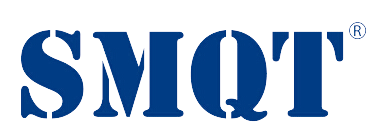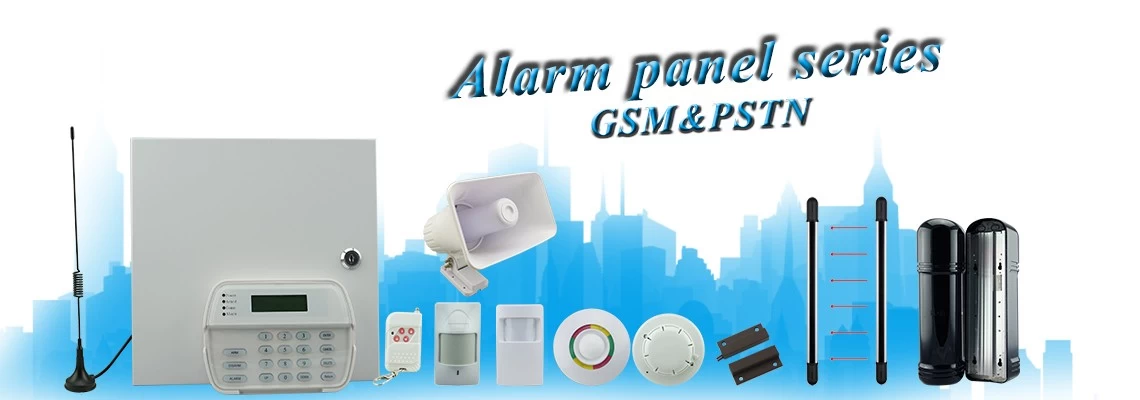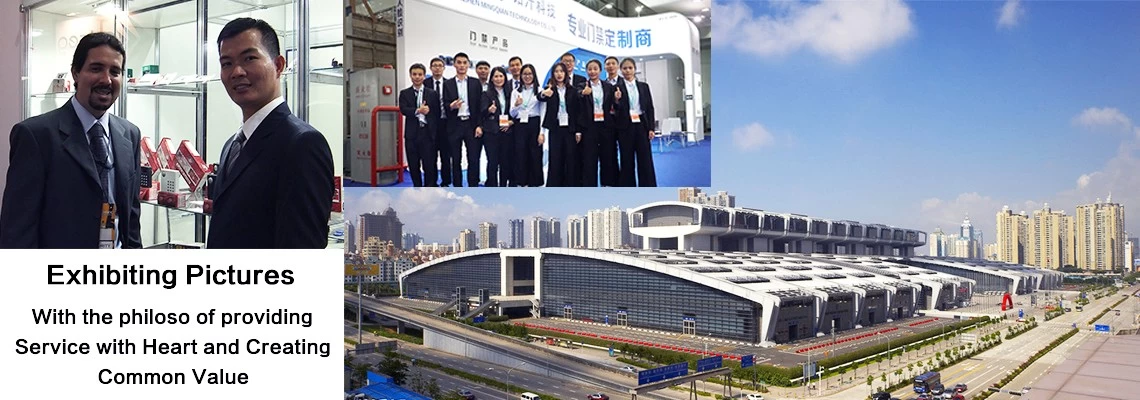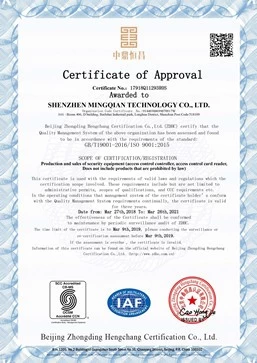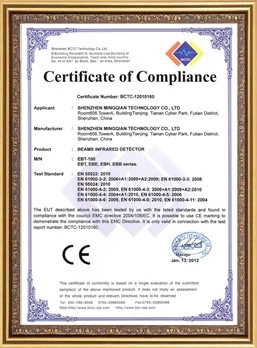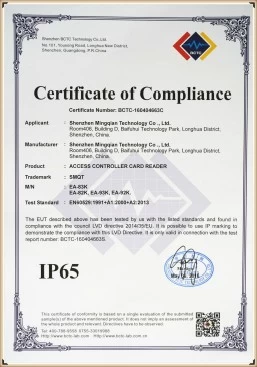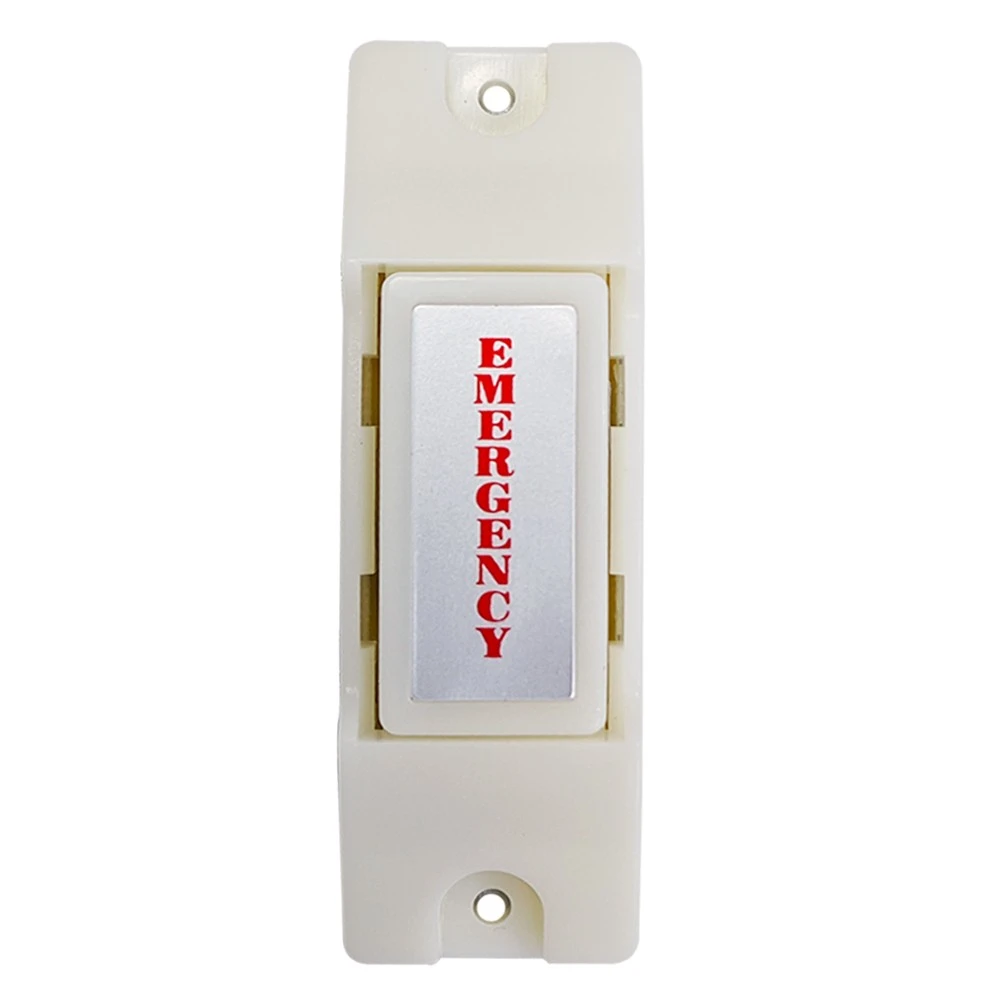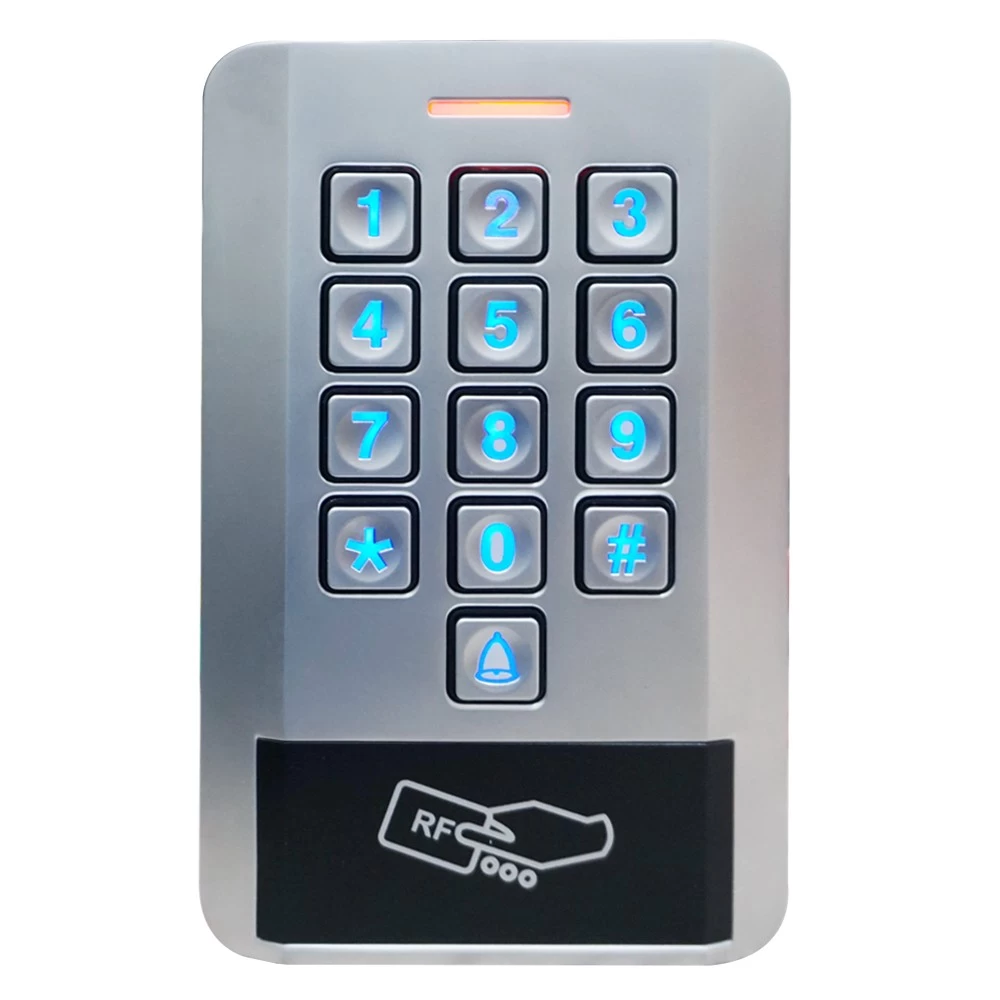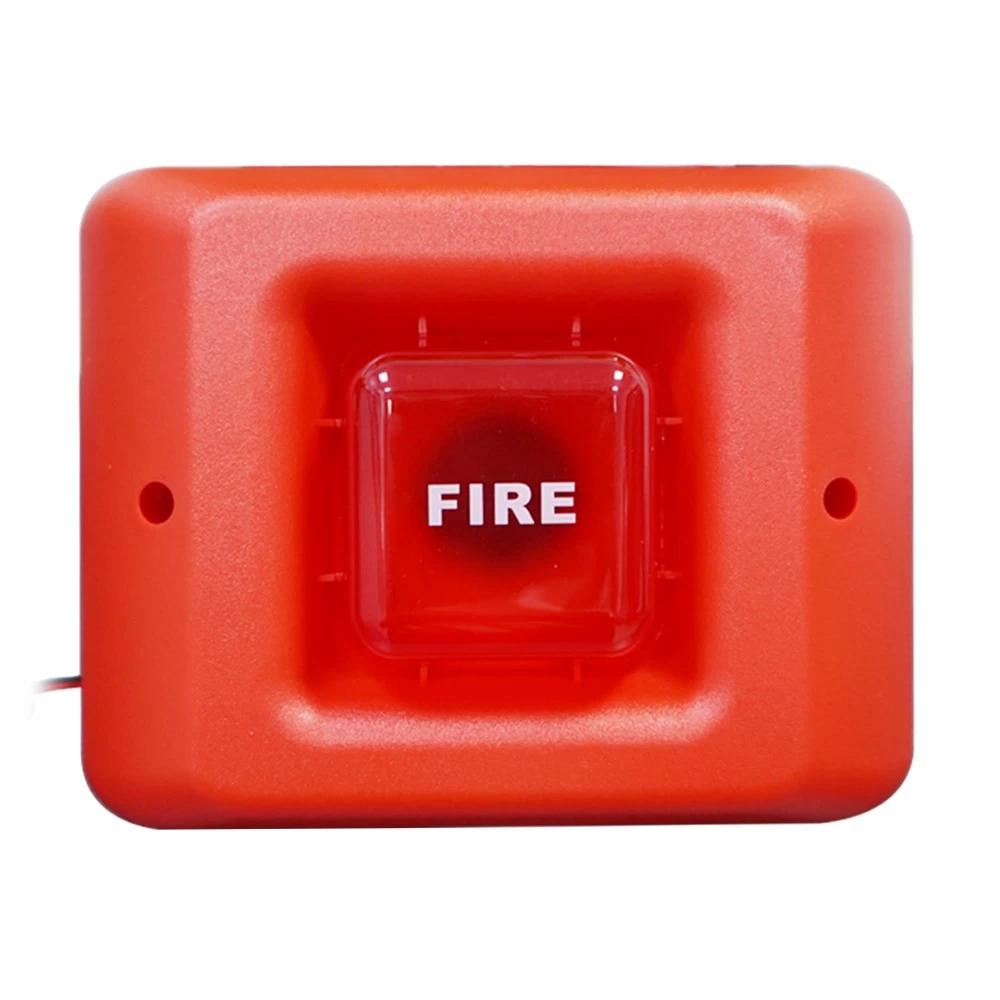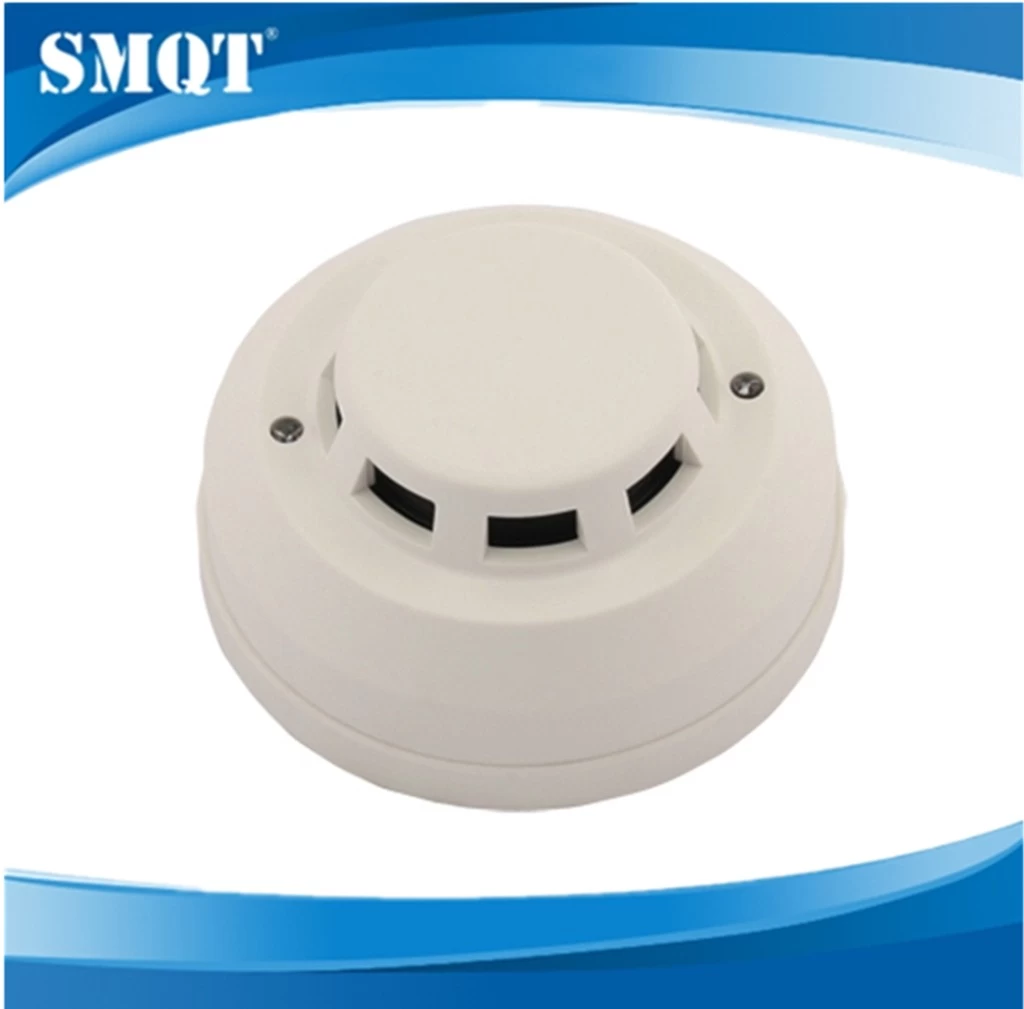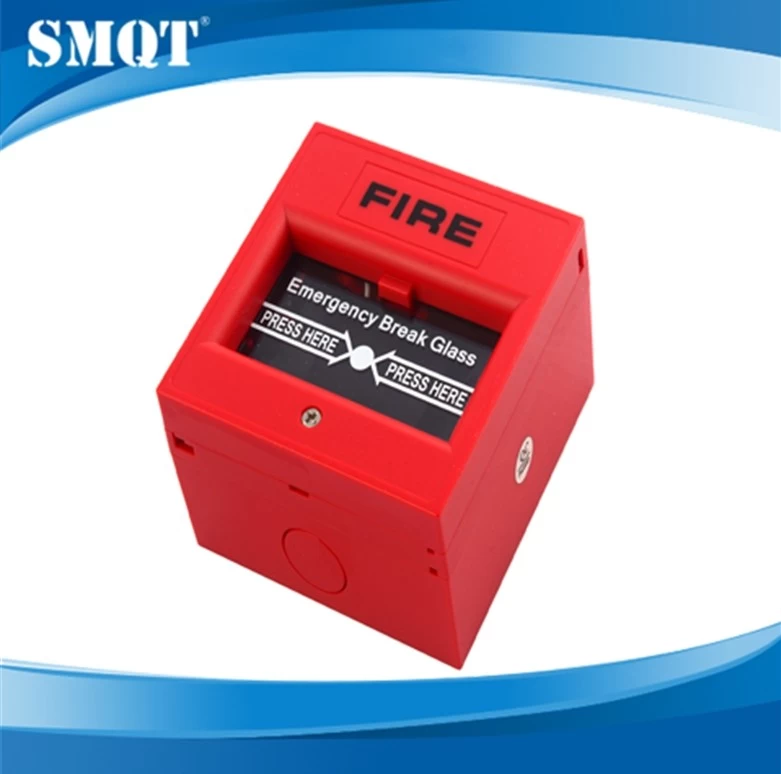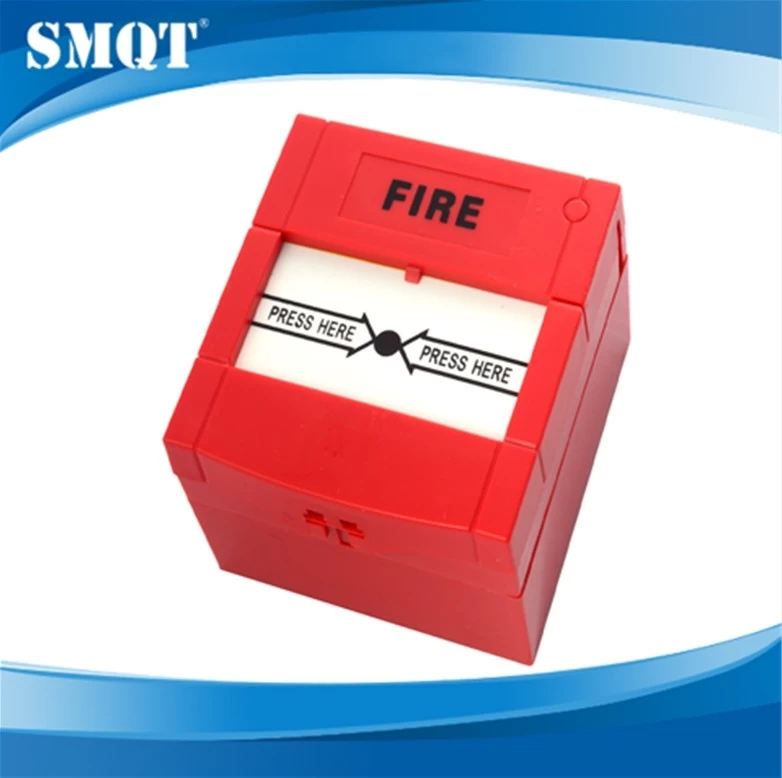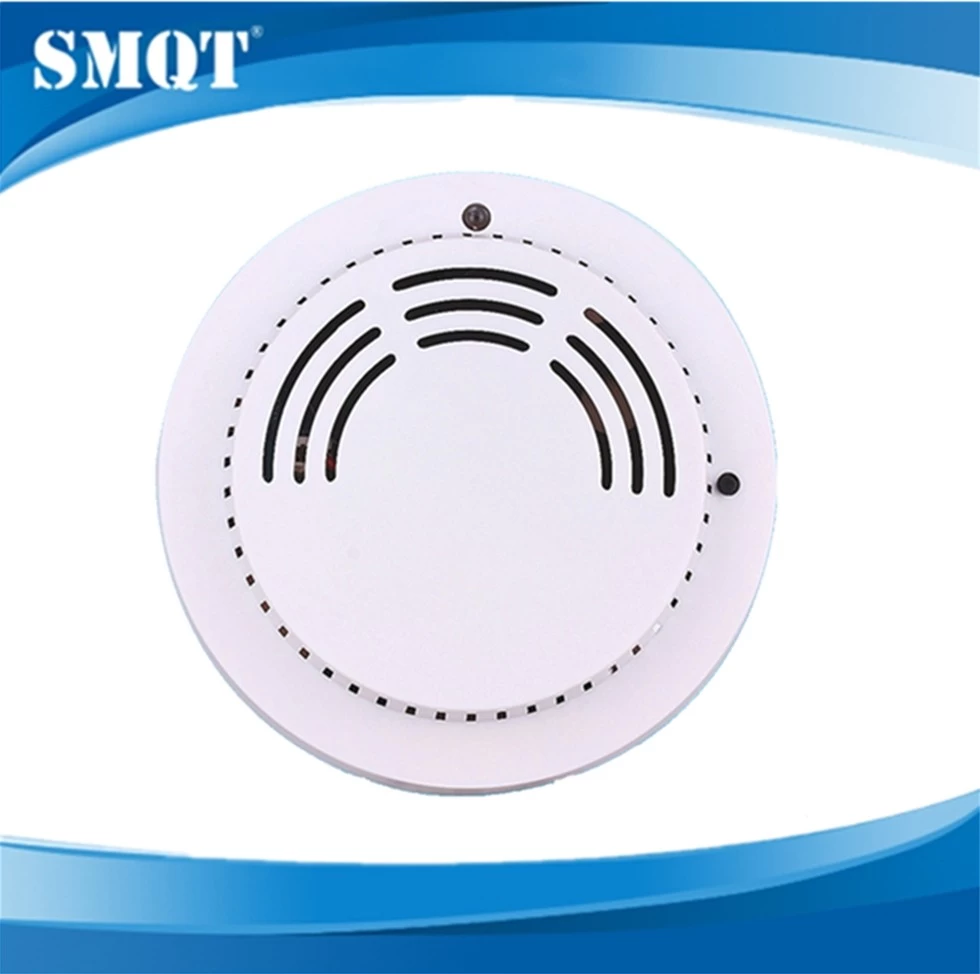Knowledge of the Fire Protection System
Snoppy Huang
CPS Encyclopedia
2016-07-14 11:36:34
Knowledge of the Fire Protection System
1, can be divided into flaming combustion and flameless combustion, combustion occurrence and development, we must have the three necessary conditions can be combustible, oxidizing agent (comburent) and temperature (ignition source).
2, a common source of ignition: open flame, electric arc, electric spark, lightning, high temperature, spontaneous combustion ignition source (white phosphorus, aluminum alkyl to air their own fire; potassium, sodium and other metal water fire; flammable, combustible material and an oxidizing agent , peroxides, fire and other contacts).
3, the lower the flash point, the greater the risk of fire, otherwise smaller. Saturated vapor pressure flammable liquid with a flash point of about saturated vapor pressure is higher, the low flash point. When the temperature of the liquid above its flash point, the liquid at any time are likely to be the source of fire ignition or spontaneous combustion, if the temperature is below the flash point of the liquid, the liquid is not flash fire, but the fire does not occur.
4, the flash point of gasoline is -50 ℃, kerosene flash point 38 ~ 74 ℃, according to the flash point of the level, you can determine the production, processing, storage place flammable liquid fire hazard class: flash point <28 ℃ of as category a; flash point ≥28 ℃ to <60 ℃ for B; flash point ≥60 ℃ for class C.
5, igniting flammable liquids are generally higher than its flash point 1 ~ 5 ℃, and the lower the flash point, the smaller the difference, it is difficult to distinguish the flash and fire, especially in an open container in the past. Therefore, when assessing the size of such liquid fire risk, usually with a flash point.
6, the lower the self-ignition point, fire the greater the risk.
7, combustion gas into the diffusion combustion (such as cooking gas, gas lighting point, burning gas welding, etc.) and premixed combustion (gas lamps burning).
8, the liquid combustion: flashover (the lowest temperature), boil over, splashing.
9, under normal circumstances, the occurrence of splashing boiling overflow occurs earlier than the time more. Category boil over time and the occurrence of crude oil, the moisture content. According to the experiment, oil containing 1% of water by 45 ~ 60min combustion occurs boil over. Time and splash reservoir thickness occurs, the linear velocity of combustion heat wave moving speed and oil related.
10, solid fuel: evaporation combustion, decomposition combustion, surface combustion, combustion smoke (smoldering), power combustion (explosion).
11, refers to products of incomplete combustion of fuel CO2 by oxidation of C (gas), H is produced by oxidation H2O (liquid), S is oxidized to generate SO2 (gas) and the like.
12, refers to incomplete combustion products CO, NH3, alcohols, aldehydes, ethers.
13, the boiling point of volatile metal oxides which are generally lower than the melting point (excluding potassium), non-volatile metal oxides, metal melting point lower than the boiling point.
14, combustion products Hazards: Toxic and dimming properties, usually visible light wavelength λ is 0.4 ~ 0.7μm, general fire smoke in the smoke particle diameter d of several μm to several tens μm, since the d> 2λ, to visible smoke particles It is opaque.
15, A type of fire: solid material fire; Class B fires: liquid or solid material melting fire. Such as gasoline kerosene, crude oil, methanol, ethanol, asphalt, paraffin fires; Class C fires: gas fire; Class D fires: metal fire; E class fire: live fire; F class fires: cooking appliance within the cooking (such as moving vegetable fat) fire.
16, according to the degree of fire disaster losses caused by Category:
(1) particularly serious fire: Is that cause the death of over 30 people, or more than 100 people seriously injured, or 1 billion yuan direct property loss of fire;
(2) Major fire: refers to killing 10 people more than 30 people were killed and more than 50 people or 100 people injured, 50 million yuan or more than 100 million yuan of direct property loss of fire;
(3) a large fire: refers to killing three people more than 10 people were killed and more than 10 people or 50 people injured, 10 million yuan more than 50 million yuan or less direct property loss of fire;
(4) General Fire: The following refers to killing three people killed or seriously injured 10 people, 10 million yuan or less direct production loss of fire.
(Note: "above", including this number, "or less" is not included in this number.)
17, a common cause of fires: electrical, smoking, life careless use of fire, accidentally production operations, equipment failures, playing with fire, fire, lightning.
18, the heat transfer in three ways: conduction, convection, radiation.
19, the driving force of the flue gas flow, including indoor and outdoor temperature caused by the chimney effect, the role of outside wind, affecting ventilation and air conditioning systems and the like.
20, when the fire early, smoke diffusion in the horizontal direction of the velocity of 0.3m / s, violent combustion flue gas diffusion speeds of up to 0.5 ~ 3.0m / s; flue gas along a stairwell or other vertical diffusion channels speeds of up to 3.0 ~ 4.0m / s. And in the ground walking speed of about 1.5 ~ 2.0m / s, the speed on the stairs of about 0.5m / s, people upstairs much slower than the speed of the flue gas flow in the vertical direction. Thus, when the building on fire, if the person is dangerous to run upstairs.
21, building fire several stages of development: the early stages of growth, full development stage, decay phase.
22, the basic principles and methods of fire: cooling, isolation, suffocation (generally less than 15% oxygen concentration, it can not sustain combustion), chemical suppression (chemical suppression fire extinguishing agent common are dry and heptafluoropropane).
23, combustible dust explosion should have three conditions, namely dust itself is explosive dust suspended in the air and must be mixed with air to explosive concentrations sufficient to cause explosion of fire.
24, the characteristics of dust explosion, the following main points:
(1) Continuity is the most important feature of the explosion of dust explosion due to deposition of dust raised initial explosion, the explosive mixture in the formation of more new space explosion again;
(2) the required minimum ignition energy of dust explosion is high, usually in the tens mJ or more, and hot surface ignition more difficult;
(3) Compared with the flammable gas explosion, dust explosion pressure rise more slowly, high pressure continues for a long time, the energy released is large, strong destruction.
25, the higher the moisture content in the air, the higher the energy minimum of dust detonation; With the increase of the oxygen content, explosive concentration limits expand; when there is the presence of flammable gas dust environment, will greatly increase the risk of dust explosion.
26, different substances because of their different physical and chemical properties, which are different explosion limit; even for the same material under different ambient conditions, the explosive limit is different. Such as wide explosive limit in oxygen than in air explosion limits, the lower limit will be reduced.
27, the wider the mixed gas ignited fire the greater the energy source, the combustible gas mixture explosion limits, the greater the risk of explosion.
28, mixed gas initial pressure increases, the explosive range increases, the increased risk of explosion. It is worth noting that a mixed gas of carbon monoxide and air drying, the pressure rise, narrowing their explosive limits.
29, the wider the higher the initial temperature of the mixed gas, mixed gas explosion limits, the greater the risk of explosion.
30, the combustible gas mixture in an inert gas, will narrow the explosion limits, generally to reduce the upper limit, the lower limit of the change is more complex. When added to an inert gas exceeds a certain amount in the future, the proportion of mixed gas can not send any explosion.
31, with an explosive mixture of flammable gas or liquid vapor to increase the concentration of the heat generated by the explosion increases, the pressure increases. When the concentration of combustible material in the mixture is increased to slightly above the stoichiometric concentration of combustible material and oxygen in the air occurs adequate response, so the most explosive release of heat and pressure to produce maximum. When a mixture of combustible material in concentrations exceeding the stoichiometric concentration, explosive release of heat and pressure with increasing explosion of combustible substance concentration increases.
32, the common source of the explosion caused by the ignition of the main mechanical ignition sources, heat source, electric fire and chemical fire.
33, a detonating explosive minimum required energy, namely the explosive sensitivity. Flammable gas means a temperature at 20 ℃, at standard atmospheric pressure 101.3kPa, lower explosion limit ≤13% (by volume), or combustion range not less than 12 percent (explosive concentration limits based on the difference between the lower limit of) gases.
34, divided into two flammable gases. Grade Ⅰ: lower explosive limit <10%; the lower explosion limit how or whether the explosion limits ≥12 percent; Ⅱ grade: 10% ≤ lower explosive limit <13%, and the explosion limits <12 percentage points. Practical applications, usually the lower explosive limit <10% of the gas fire classified as Category A substance, ≥10% lower explosive limit of the gas fire classified as Category B substance.
35, in general, by a simple chemical composition of the gas, such as hydrogen (H2) to methane (CH4), carbon monoxide (CO), etc., than the flammable gas component composition of the complex, fast burning rate, flame temperature, ignition explosion hazard large.
36, price unsaturated flammable gas is greater than the corresponding saturated bond flammable gas fire hazard.
37, flammable gas when the pressure is constant and proportional to the volume of gas temperature; when the temperature is constant, the volume of a gas varies inversely with the pressure that the greater the pressure, the smaller the size; at constant volume, gas It is proportional to temperature and pressure, i.e. the higher the temperature, the greater the pressure.
38, the gas contained in the liquid or solid impurities, the more electrostatic charge in most cases are also more; the faster the flow rate of the gas, the electrostatic charge generated by the more.
39, high-pressure steel and chromium, molybdenum and other rare metal manufacturing a certain amount of material, periodic testing their compressive strength and the like.
40, flammable liquids are divided into three.
(1) Ⅰ level. Initial boiling point ≤35 ℃;
(2) Ⅱ class. Flash point <23 ℃, and initial boiling point greater than 35 ℃ ;,
(3) Ⅲ class. 23 ℃ ≤ flash point ≤35 ℃, and initial boiling point greater than 35 ℃; or a flash point higher than 35 ℃ and early ≤60 ℃ boiling point greater than 35 ℃ and continued to burn. Practical applications, usually a flash point <28 ℃ of liquid fire classified as Category A substance, liquid flash point ≥28 ℃ and <60 ℃ classified as Class B fire substance, liquid flash point ≥60 ℃ classified as prop fire class material.
You must master the knowledge of fire 60 points
Building fire resistance rating
1, fire resistance rating of the building is divided into four, one, two, three, four.
2, the exposed metal parts of the node slots or load-bearing member node should be fire protection layer.
3, civil fire rating, layers, length and area, twelve largest fire district length 250m. Multistory building the maximum allowable building area of 2,500 square meters, high-rise buildings the maximum allowable building area of 1,500 square meters. Automatic sprinkler system, can be doubled to 5,000 square meters, 3,000 square meters.
4, for the underground room, windowless room or fixed sash floor room, and more than 20m and no natural smoke evacuation walkway or direct natural ventilation, but the length of the evacuation of more than 30m in the aisle, the mechanical exhaust facilities should be located.
5, ① building height of more than 50m of public buildings, housing more than 100m, between its stairways and front room, shared room even natural smoke can also pressurized air supply facilities shall be provided.
② the corridor more than 20m, and no natural light, natural ventilation, mechanical exhaust facilities should be located.
③ area of over 100 square meters in one, two, three dance entertainment, basement, ground four of the dance, entertainment, public buildings was often room to stay on the ground, should be located exhaust facilities (natural or mechanical).
④ ventilation and air conditioning system should be set up set up a mechanical exhaust system shall exhaust facilities.
Building fire district, fire and evacuation outlet spacing
6, such as inside a building provided with upper and lower communicating cursory Gallery, escalators and other parts of the opening, should the upper and lower layer communication as a fire district.
7, underground, semi-underground room fire district within the building should be separated by a firewall, each fire district building area should not exceed 500m2.
8, when setting automatic fire extinguishing system, each fire district can be increased to the maximum allowable building area of 1000m2. Underground business increase doubled to 2,000 square meters. When the local setting, double the increase of the area shall be calculated in the local area.
9, fire spacing civil: a fire resistance rating of two fire spacing between the civil 6-13m.
10, the number of public buildings and residential building safety Corridor exports should not be less than two.
11, the height of 27m below the floor area of not more than 650㎡ or any one from the door to the nearest stairs much in 15m homes, you can set a staircase.
12, in addition to building height does not exceed 54m units apartments, high-rise buildings at the port or safe evacuation port must set up two emergency exit.
13, building security or evacuation exit doors should be scattered arrangement. Two adjacent building safety exit nearest exit or evacuation of the horizontal distance between the edge of not less than 5.0m.
14, direct access between entertainment, young and old buildings two emergency exit doors to the public walkway nearest safe exit: a two should not exceed 25m. With automatic sprinkler system, building evacuation distance can be increased by 25%, that is 25 (1 + 0.25) = 31.25m ..
15, the first floor stairwell should be set outside the direct export, when no more than four layers can be provided in exports from the stairwell at no more than 15m.
16, door or door evacuation stairwell should push latch type outside the door.
17, chamber wall transformer and power distribution room between the firewall should be set. Boiler room, transformer room should be set at the first floor near the site of the external walls and the outer wall should open the door. Facades above the ground floor should be set to the opening portion of the width of not less than 1.00m fire cornice height of not less than 1.50m or windows.
18, when the fire road through the doorway of the building, its clear height and clear width of not less than 4m.
19, tube wells within the building, each cable should be well in the floor of the fire-resistant limit of not less than 0.50h not burning material plugging, its fire resistance of the wall should be not less than 1.00h not burning the body. Check the door on the wall should be used Class C fire doors.
20, the walls of the elevator shaft and the elevator machine room, etc. shall be made of non-combustible fire resistance of not less than 1h of the body. Indoor elevator shaft and the elevator machine room walls of high-rise industrial buildings should be non-combustible fire resistance of not less than 2.5h the body.
21, evacuation staircase handrail height of not less than 1.1m, the other outside the building, which may not be more than the inclination angle of 60 °, clear width may not be less than 80cm. And stepping away from each grade handrail 25cm deep so limited at the time to more than 22cm.
The outdoor fire hydrant system
22, fire water by water supply network, natural water or fire water supply.
23, outdoor fire hydrant water gun enrich the water column is still less than 10m; (counting from the ground).
24, civil outdoor fire hydrant water should ensure 25,20,30L / S. Calculated according to the construction area.
25, water mains and pipe systems to the water pipes for pipe network should not be less than two.
26, the annular valve pipe applications into several independent segments, each number within hydrants should not exceed five. The minimum diameter of the outdoor fire water supply pipe of not less than 100mm.
27, outdoor fire hydrant shall be provided along the road, when the road width of more than 60m, preferably in the road on both sides set fire hydrant, and should be close to the crossroads.
28, from the street hydrants should not exceed 2m, from the housing wall should not be less than 5m.
29, outdoor fire hydrant spacing should not exceed 120m. Outdoor fire hydrant protection radius should not exceed 150m.
30, each of the outdoor fire hydrant water should 10-15L / s calculation; combined with the water pump 10L / S-15L / S.
31, high-rise building fire hydrant enrich the water column is not less than 10m-13m.
32, outdoor ground hydrant should have a diameter of 150mm or 100mm and two 65mm diameter bolt mouth is. Ground to the top of the bolt should not be less height 0.64m.
33, should meet the fire water sprinkler duration calculated by 1h.
34, a fire-fighting class high-rise public buildings, high-rise a height of more than 100m class residential area of 10,000 square meters to 30,000 square meters of shopping centers is not less than 36m ?; height of more than 100m high-rise public buildings, an area of over 30,000 square meters of shopping centers is not a small 50m ?, height of not less than 150m over 100m ?; two types of high-rise public buildings, multi-storey public building, a class of high-rise residential building is not less than 18m ?; II high-rise residential building is not less than 12m ?; storey residential not less than 6m ?.
35, water for fire engines fire pond, protection radius should not exceed 150m. Fire water tank for fire water intake should be located away from its water intake of the building (except pump house) of not less than 15m.
The fire hydrant system
36, civil water fire hydrant general 20L / S, disposed of not less than four. Indoor fire hydrant water consumption: building height greater than 50m10L / S high-rise building 30L / S.
37, and more than 10 fire hydrant indoor fire water more than 15L / s, indoor fire water pipe should have at least two inlet pipe connection with the outdoor ring, and indoor plumbing should be connected into a ring or the water inlet pipe outdoor pipeline connected into a ring. When the annular inlet pipe of a accident, the rest of the inlet should be able to supply all the water.
38, high-rise industrial building indoor fire standpipe should be a ring, and the diameter of the pipe should not be less than 100mm.
39 indoor fire water pipeline valve applications divided into several independent segments.
40, fire hydrant arrangement should ensure that there are two water cannons enrich the water column at the same time reach any part of the interior. The distance between two fire hydrants should not exceed 25m, gun enrich the water column should not be less than 13m of water.
41, the hydrostatic pressure at the fire hydrant bolt port should not exceed 80m of water, such as when more than 80m of water, district water supply system should be used. The water pressure at the fire hydrant bolt port when more than 50m of water, proper decompression facilities.
42, fire elevator room should be set fire hydrant, plug port height from the ground is 1.1m, the effluent Fang Xiangyi down and set fire hydrant or wall angle of 90 °.
43, the same layer from the hydrant does not exceed 30m. Bolt mouth from the ground 1.1m. Plug mouth to DN65. Hose is not less than 25m, water Longkou 20mm.
44, 10min fire water should be stored in. When the indoor fire water consumption is not more than 25L / s, fire water storage tank calculated to exceed 12m?, Still using 12m ?; when indoor fire water than 25L / s, calculated water storage tank fire can still be more than 18m ?, using 18m ?.
The types of sprinkler system fire sprinkler system
Type: Wet sprinkler system (suitable for room temperature 4-700 ℃), dry spray forest fire extinguishing systems (for indoor temperature 4-700 ℃), pre-action spray forest fire extinguishing system. Rain forest spray system, water curtain system.
45, the plot more than 500 square meters of underground shops should be set sprinkler systems
46, Lin automatic spray system consists of: alarm valves, control valves, hydraulic alarm, system testing device, pressure gauges, flow indicator. And a flow indicator, pressure switches, auxiliary device components.
47, alarm valve installation from the ground 1.2m.
48, each alarm valve control sprinklers wet or pre-action sprinkler not more than 800. Dry sprinkler exhaust has no more than 500, no sprinklers dry exhaust apparatus not more than 250
49, fire manifold diameter not less than 25mm. Each fire branch can take up to eight sprinklers.
Fire pumps
50, a fire pump suction pipe not less than two. High-rise building with anti-overpressure measures.
51, fire pump room should have at least two of the outlet pipe directly connected to the ring network.
52, fixed fire pumps shall be provided with standby pumps, their ability to work should not be less than one main pump.
53, fire pumps should be guaranteed to start work within 5min after the spray nozzle, and still functioning at the time of the fire power.
Each mechanical and electrical design professional fire
54, each fire district multi-storey buildings and high-rise industrial buildings layers, when their ventilation, air conditioning systems were independently set, were sent to the fire protection sub-region, the level of return air duct and manifold junction may set fire dampers.
55, fire emergency lighting and evacuation signs can be used as battery backup power, but the continuous power supply is greater than the height of civil 100m time of not less than 1.5h; health care and old age is greater than the total area of 100,000 public buildings and total building area of more than 20,000 square meters in the basement of not less than 1.0h; other buildings should not be less than 1.0h.
56, sub-fire emergency lighting fire evacuation lighting or fire standby lighting, the former site of stairs used in public, before the rooms, halls, etc., which use fire control and other fire equipment room.
57, fire evacuation lighting should be used in accordance with the provisions set closed staircase or stairwell building evacuation corridors.
58, fire emergency evacuation lighting, which should not be below the minimum illumination aisle 1.0lx, staff accommodation area, refuge floor (room) not less than 3.0lx, among asylum or surgical ward building portion not less than 10.0lx; asylum walkway, front room not less than 5.0lx. Fire control room, fire pump room, diesel generators and other fire-fighting equipment room houses alternate lighting should not be less than the normal lighting illumination.
59, San indicator should be set at the exit or evacuation directly above the door; evacuation corridors should be set up at the turning of 1m below ground level on walls, signs on the aisle spacing should not exceed 20m, not pocket walkway should be greater than 10m, the corner should not exceed 1.0m.
60 stairs, the building height of less than 27m of residential buildings and other public places do not set fire emergency lighting, building height of less than 54m stairway residential buildings and other public places may not be set loose signs.
